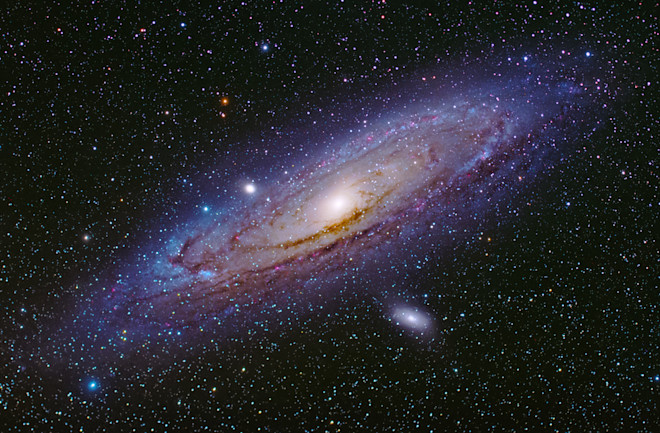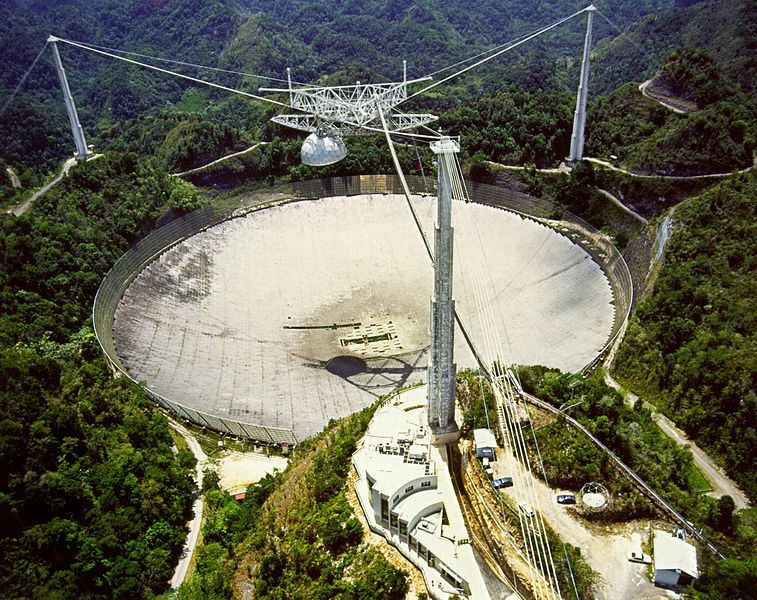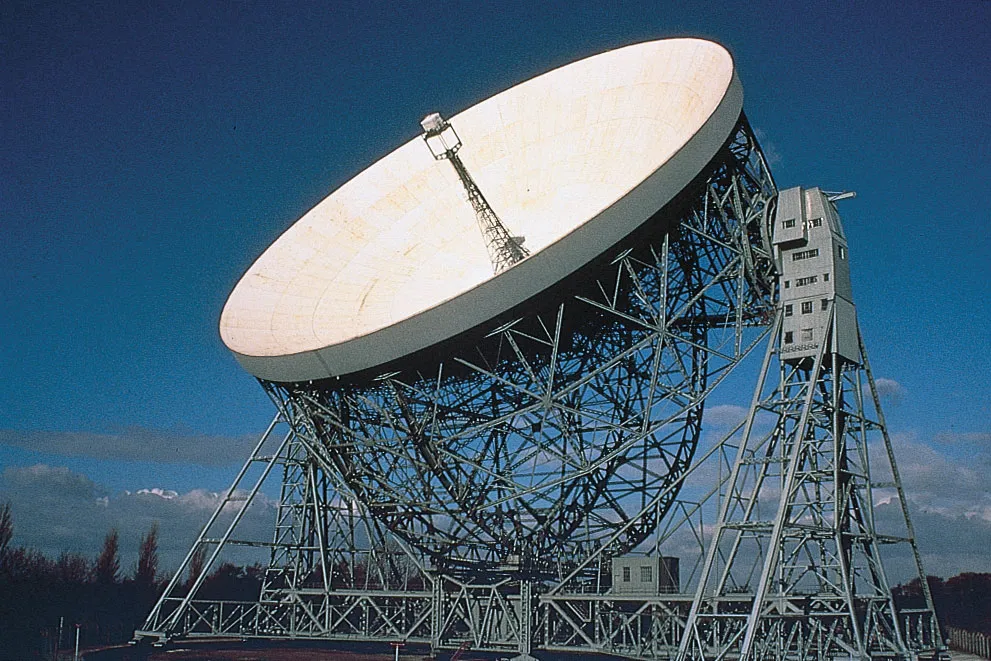High in the mountains of Guizhou Province, China, an enormous silver eye stares into the cosmos. This is the Five-hundred-meter Aperture Spherical Radio Telescope—FAST—the world’s largest and most sensitive radio observatory. And it has once again proven its remarkable prowess. In a groundbreaking discovery, Chinese astronomers have detected a new millisecond pulsar hidden within the dense stellar chaos of the ancient globular cluster known as M15. This tiny but mighty celestial lighthouse, dubbed PSR J2129-1210O (or M15O), had eluded detection for years, lurking just behind the signal of a much brighter, well-known neighbor.
The discovery, unveiled in a paper published on April 23, 2025, on the arXiv pre-print server, showcases both the incredible capabilities of modern radio astronomy and the intricate challenges faced when searching the universe’s most exotic objects.
Pulsars: Cosmic Timekeepers
Pulsars are no ordinary stars. Born from the cataclysmic death of massive stars, they are neutron stars—incredibly dense remnants that pack the mass of our sun into a sphere barely 20 kilometers across. As they rotate, they sweep beams of electromagnetic radiation across the cosmos, much like a cosmic lighthouse. When one of these beams crosses Earth, it can be detected as regular pulses of radio waves.
But some pulsars are even more remarkable: the millisecond pulsars (MSPs). These rapidly spinning neutron stars whirl around hundreds of times per second, with rotation periods of less than 30 milliseconds. How do they spin so fast? Astronomers believe that they achieve such dizzying speeds by siphoning matter from a companion star—a process known as “recycling” that gradually accelerates their spin over millions of years.
MSPs are precious to science. Their incredible regularity makes them natural laboratories for studying extreme physics, testing theories of gravity, and even hunting gravitational waves.
Messier 15: A Pulsar Factory
To find new millisecond pulsars, astronomers often turn their gaze toward globular clusters—spherical collections of hundreds of thousands to millions of ancient stars tightly bound by gravity. Among them, Messier 15 (M15) stands out.
Located about 35,700 light-years away in the constellation Pegasus, M15 is one of the oldest and most densely packed clusters in the Milky Way. Its core has already undergone a dramatic process called core collapse, creating a region of extreme stellar density. Simulations suggest that M15 should host the highest number of pulsars of any globular cluster within FAST’s observational range.
With such a crowded stellar environment, M15 is a prime hunting ground for elusive pulsars—and a challenging one.
FAST’s Long Watch
Under the leadership of Yinfeng Dai of Guizhou University, a team of Chinese astronomers embarked on a painstaking search for hidden pulsars in M15. From November 2019 to February 2024, they gathered and analyzed mountains of data from FAST, peering into the heart of this stellar maelstrom with unmatched sensitivity.
Their patience paid off. They detected a signal—a rhythmic beat repeating every 11.07 milliseconds. It was the hallmark of a new millisecond pulsar, hiding in plain sight. Yet, this new arrival had evaded detection in earlier surveys. Why?
The culprit was a case of cosmic camouflage.
Hidden by Harmonics
It turns out that M15O’s spin period is dangerously close to the 10th harmonic of the bright and already known pulsar PSR J2129+1210A (M15A). In simpler terms, their pulse timings were overlapping so neatly that traditional data analysis algorithms had a tough time distinguishing one from the other.
Normally, astronomers “fold” radio signals by lining up repeated pulses to boost faint signals out of background noise. But when two pulsars’ signals nearly align, especially with similar dispersion measures (DM)—a value that describes how much interstellar material slows down the pulsar’s radio waves—it creates phase-alignment ambiguities. This confuses the detection software, causing weaker signals like M15O’s to get buried under the dominance of stronger neighbors.
As the researchers explain:
“If the period of a new pulsar is similar to or overlaps with that of a known pulsar or its harmonics, and their DM values are also close, conventional folding algorithms struggle to separate the signals.”
Thus, even though M15O had been broadcasting its regular, faithful beat across the void, it had remained invisible—until now.
The Properties of M15O
PSR J2129-1210O boasts a dispersion measure of about 67.44 pc/cm³, placing it comfortably within the expected DM range of M15’s crowded core. Its location is remarkably close to the center of the cluster: only 0.37 arcseconds away from M15’s core and 0.81 arcseconds from the previously known M15A.
This proximity makes M15O the closest pulsar to the optical center of M15 known so far—a stellar discovery hiding right at the heart of one of the galaxy’s oldest and densest neighborhoods.
Finding M15O is not just a numerical victory. It provides scientists a new opportunity to probe the physics of dense stellar environments, to study how interactions in packed clusters spin up neutron stars, and to explore gravitational effects in a region where stars are squeezed so tightly that strange encounters are inevitable.
More Discoveries on the Horizon
And M15O wasn’t alone. The team’s FAST observations also turned up two additional pulsars, designated PSR J2129+1210M and PSR J2129+1210N—nicknamed M15M and M15N. These discoveries, though briefly mentioned in the current paper, will be detailed in a forthcoming publication.
Each new pulsar adds a vital piece to the cosmic puzzle. The collection of pulsars in M15 offers astronomers a treasure trove for studying binary evolution, stellar dynamics, and even gravitational wave emissions. In the ultra-dense cluster environment, pulsars can interact with neighboring stars in ways that rarely happen elsewhere, creating exotic systems like pulsar-black hole binaries—theorized but yet to be confirmed.
FAST’s Growing Legacy
Since its commissioning, FAST has been blazing trails in radio astronomy, contributing to fields ranging from pulsar discoveries to the search for extraterrestrial intelligence (SETI). Its unparalleled sensitivity allows it to detect even the faintest whispers from the depths of space.
The discovery of M15O underscores why instruments like FAST are essential. The universe is not a simple place; it’s noisy, crowded, and filled with signals that can easily mimic or mask one another. Detecting the faint heartbeat of a hidden pulsar amidst this cosmic chaos is like hearing a whisper in a storm—and requires not only powerful technology but also ingenuity, patience, and a deep understanding of astrophysical processes.
A Future Bright with Pulsars
The discovery of PSR J2129-1210O is a reminder that even in regions of the sky we think we know well, secrets still abound. Thanks to instruments like FAST, the celestial dance of neutron stars continues to reveal itself to human curiosity.
Each new pulsar enriches our understanding of the universe’s violent past and its intricate gravitational ballet. Millisecond pulsars, with their clockwork precision, may even one day help us detect the faint rumblings of gravitational waves from supermassive black hole mergers—echoes of cataclysms from across the cosmos.
For now, M15O spins on, unseen by human eyes but not by human imagination, adding its voice to the symphony of the stars.
Reference: Yinfeng Dai et al, The FAST Discovery of a Millisecond Pulsar Hidden in the Harmonics of PSR J2129+1210A (M15A), arXiv (2025). DOI: 10.48550/arxiv.2504.16872






